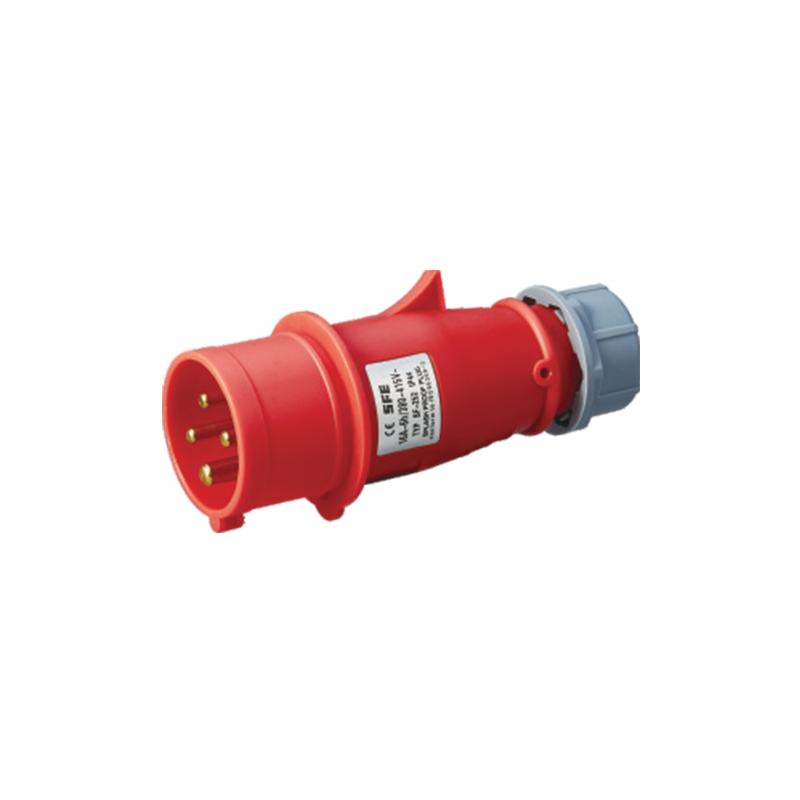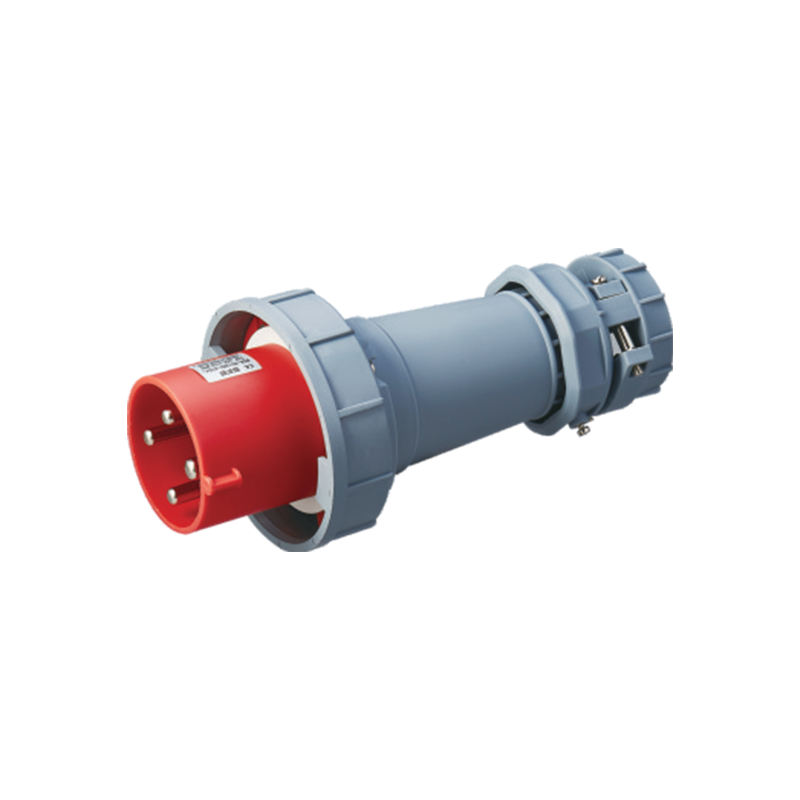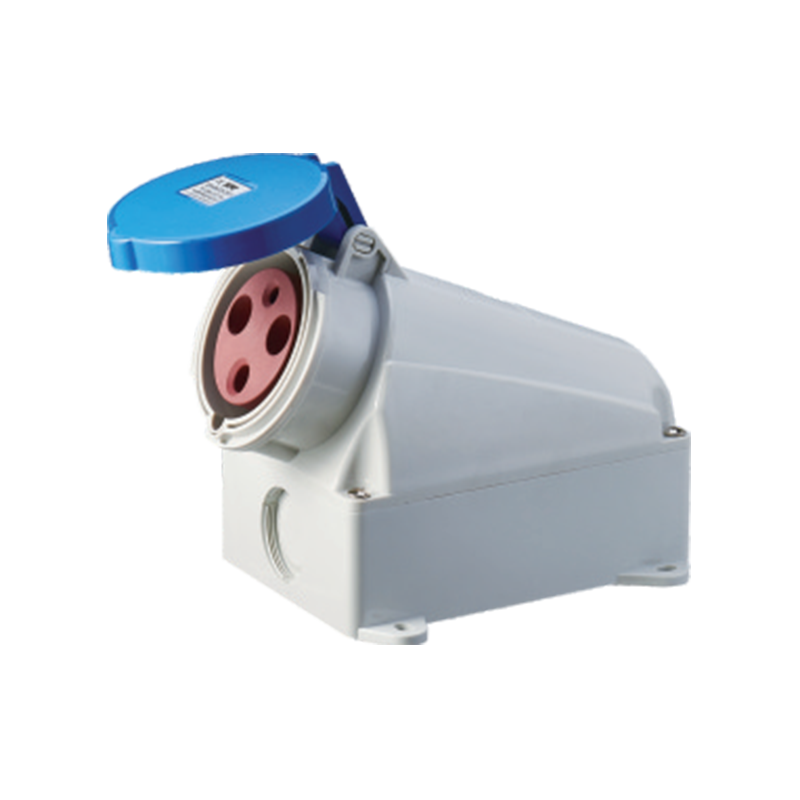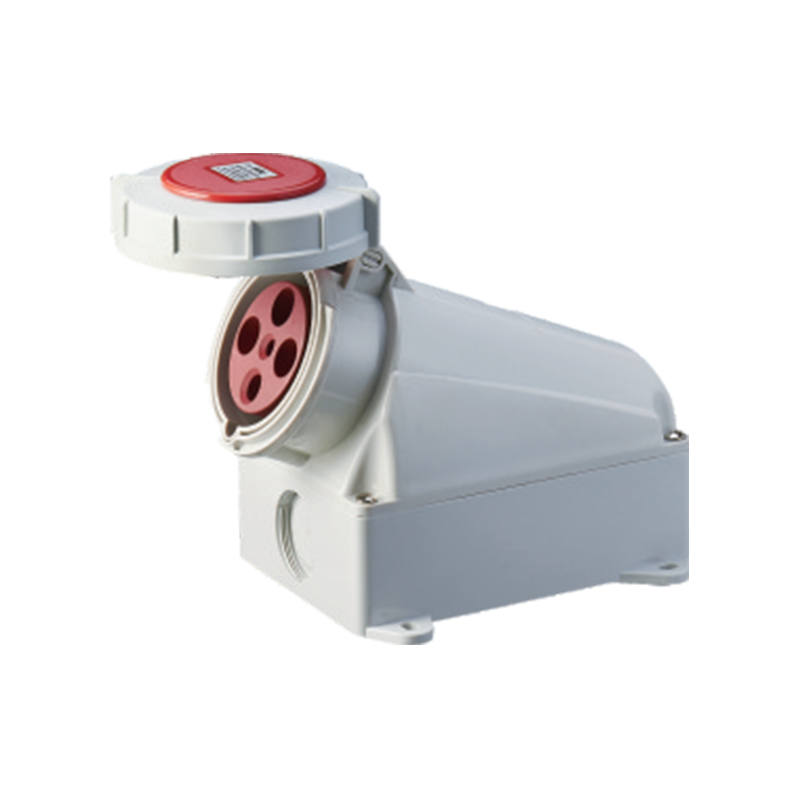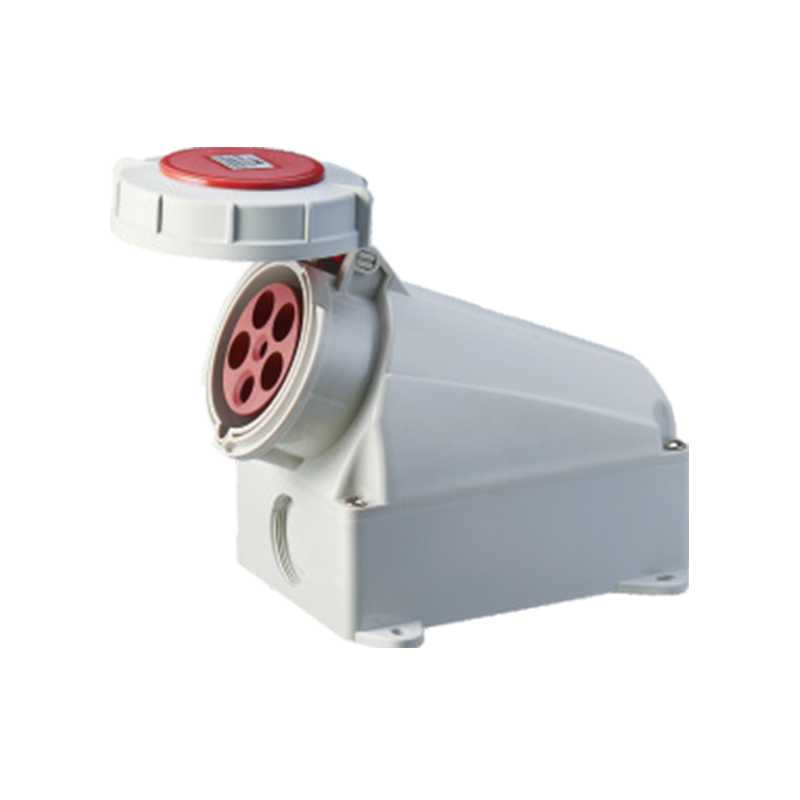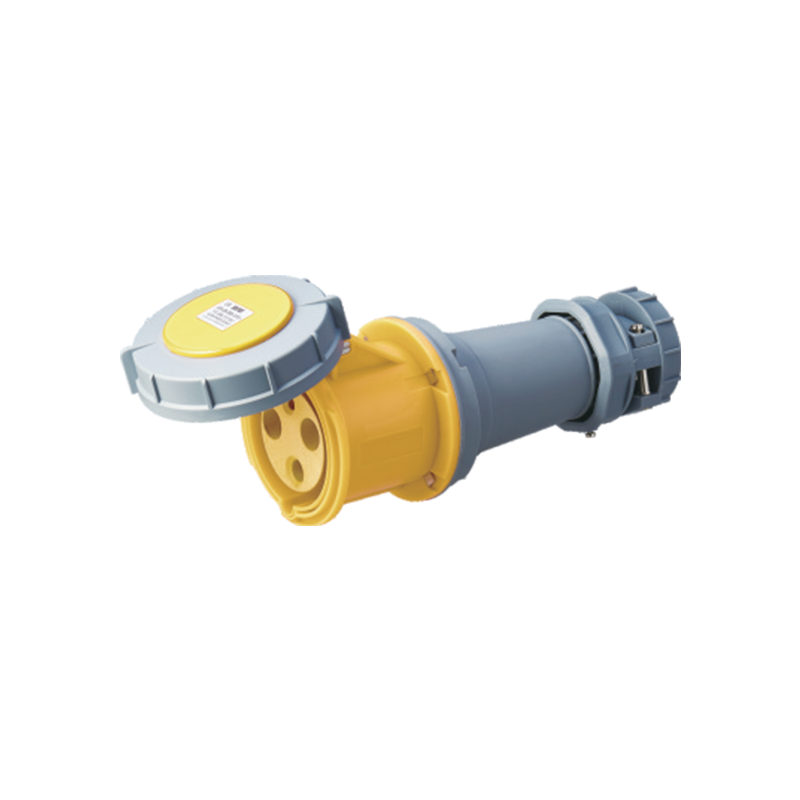Address: No. 199, Weiwu Road, Yueqing Economic Development Zone, Zhejiang Province, China.
When embarking on an electronics project, one of the more critical components you'll need to consider is the connector. The connector ensures a stable and efficient electrical connection between various parts of your system. With so many different types available, it can be difficult to know where to begin. In this article, we’ll discuss how to choose the right connector for your project and highlight key factors that influence your decision.

One of the one steps in selecting a connector is to understand the specific needs of your project. A critical factor is the electrical load that the connector will carry. For example, if your project involves powering multiple devices or handling high current, you may need a more robust solution. In such cases, a Combination Socket Box could be a suitable option. A Combination Socket Box is designed to accommodate multiple types of connections in one compact unit, making it a versatile choice for projects that require flexibility. Whether you're connecting power sources or integrating various devices, this type of connector ensures a secure and organized setup.
Another important consideration is the environment in which the connector will be used. For instance, will it be exposed to moisture, bad temperatures, or vibrations? Certain connectors are designed specifically to withstand harsh conditions, such as outdoor environments or industrial settings. If your project will be installed in a location with a high risk of wear and tear, consider using a Multi-Socket connector. The Multi-Socket is ideal for connecting multiple components to a single power source, and it’s often built with durability in mind, making it a reliable choice for projects that require long-term performance in challenging environments.
The type of connection you require is also crucial. Some projects demand high-speed data transmission, while others need robust power connections. For high-power applications, you’ll want a connector that can handle the required voltage and current levels without overheating or causing issues. In such cases, the Combination Socket Box comes into play again, offering the necessary capacity to support multiple connections without compromising safety or efficiency. Its design typically incorporates a high degree of protection, ensuring that your project remains safe and reliable over time.
Another factor to keep in mind is the ease of installation and maintenance. Complex connectors can make setup time-consuming, particularly in large or intricate projects. A Multi-Socket solution can simplify this process. Its design usually allows for multiple connections to be made at once, reducing the need for extra components and streamlining your setup. This can save both time and resources during the installation phase, and it also makes future maintenance much easier. If you expect to make adjustments or repairs to your system, the Multi-Socket can provide easy access and flexibility.
Lastly, it's essential to consider the cost-effectiveness of the connector you choose. While you might be tempted to opt for the least expensive option, remember that the connector's durability, performance, and compatibility are critical for the long-term success of your project. In many cases, investing in a higher-quality Combination Socket Box or Multi-Socket will pay off in the long run, as it can prevent costly downtime or the need for frequent replacements.
In conclusion, selecting the right connector for your project involves considering several factors, including the type of electrical load, the environment, the type of connection needed, installation requirements, and cost. Whether you choose a Combination Socket Box for its flexibility and versatility or a Multi-Socket for its durability and ease of use, make sure to assess your project’s unique needs. By doing so, you can ensure that your connections are secure, efficient, and long-lasting.
